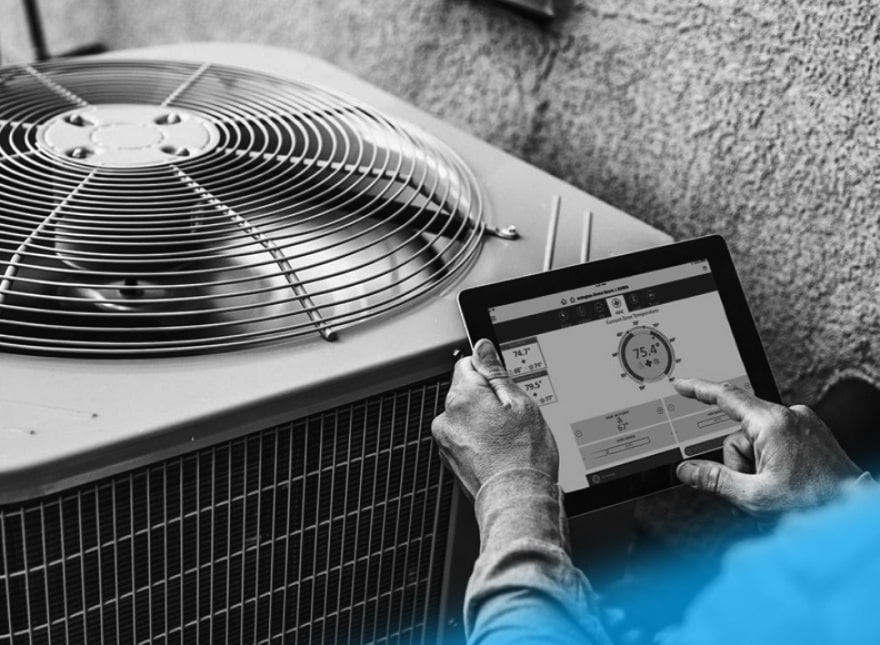
Working with a building that stays cool in the summer and warm during the cold months – keeping the employees of yours and clients comfortable year-round, is actually one thing you might take for granted.
Understanding your business building’s HVAC system is actually a crucial detail for reasons that are many, not the least of which is actually keeping the system humming along so you are not stuck baking in the summer when something goes wrong, costing money and time. These days, we will clarify some details about commercial building HVAC systems, how they work, what to expect for maintenance and more.
Exactly what are the Different Kinds of HVAC Systems?
If perhaps you have looked into maintenance, repair, or replacement of your buildings’ HVAC system, you will realize that you will find an overwhelming number of combinations of various kinds of systems. While this’s true, all of these different types fall into three main categories:
Single Split System – This’s the affordable and popular most type of HVAC system, found most widely in smaller commercial buildings. These systems allow individual control of the heating and cooling for each space, making it perfect for offices with server rooms or perhaps restaurants.
These systems typically include air conditioners that pass air by refrigerant lines and furnaces in one system that circulates air throughout the space via air ducts. The drawback of single split systems is the fact that for each space you want to control separately, you will need an outdoor unit – taking up precious space.
Click here to contact the best Commercial Heating and Cooling
Multi split System – Multi-split systems operate similarly to the single split system, but offer a lot greater energy efficiency and a lot smaller outdoor footprint. Multi-split systems allow you to connect up to nine indoor units to one outdoor unit. These systems also include sensors that detect temperature changes which enable it to adjust as needed, consuming much less power.
Heat pumps in this system type are also designed to move air in a way that works with the natural flow of air that is warm into cool areas, saving energy and money. These systems do require more installation time, so the price of installation can be higher.
VRF (variable refrigerant flow VRV or) (variable refrigerant volume) Systems – These systems are actually best for larger mixed use type buildings, such as larger office buildings or even hotels.
Heat Recovery VRF systems are able to provide cooling and heating to different spaces at once, using warm air “waste heat” from areas of the building and delivering it to where heat is actually required, especially great for buildings with lots of smaller rooms. Heat pump VRF systems deliver either cooling or heat, and are actually best for larger open areas.
Exactly how Long Do HVAC Systems Last?
In a world of constantly changing technology, as well as changing environmental conditions both out and indoors, HVAC systems require different care types – and you might be tempted to upgrade a lot more frequently. The current commercial HVAC units should last 10 15 years. Several of the factors which affect the longevity of your HVAC include:
Usage demand over the years; climate of the area of yours
Efficiency and quality of the system
Proper installation and maintenance
What Kind Of Maintenance Do Commercial HVAC Systems Require?
Regular maintenance is able to keep your HVAC system working at its most effective, keeping it humming along for its complete life expectancy – or perhaps beyond. In addition to maximizing the lifespan of your HVAC system, proper regular maintenance is able to lower energy costs, decrease the need for expensive repairs and downtime, and guarantee constant comfort for your employees and clients. Preventative maintenance includes tasks such as:
Spring and Fall system checkups that include:
Cleaning and inspecting all outdoor components
Refrigerant levels measured and recharged as needed
Blower, evaporator coil, belts, and other indoor cooling system components are actually inspected and cleaned
Burner assemblies, ignition systems, and other indoor heating system components are actually inspected and cleaned
Control systems are tested
Air Filters checked and changed regularly, according to manufacturer’s recommendations
Thermostat programming checked and reset seasonally
Monthly visual inspection of thermostats, drip pans, and drain lines
Click here to contact the best Heating Service in Brownwood
